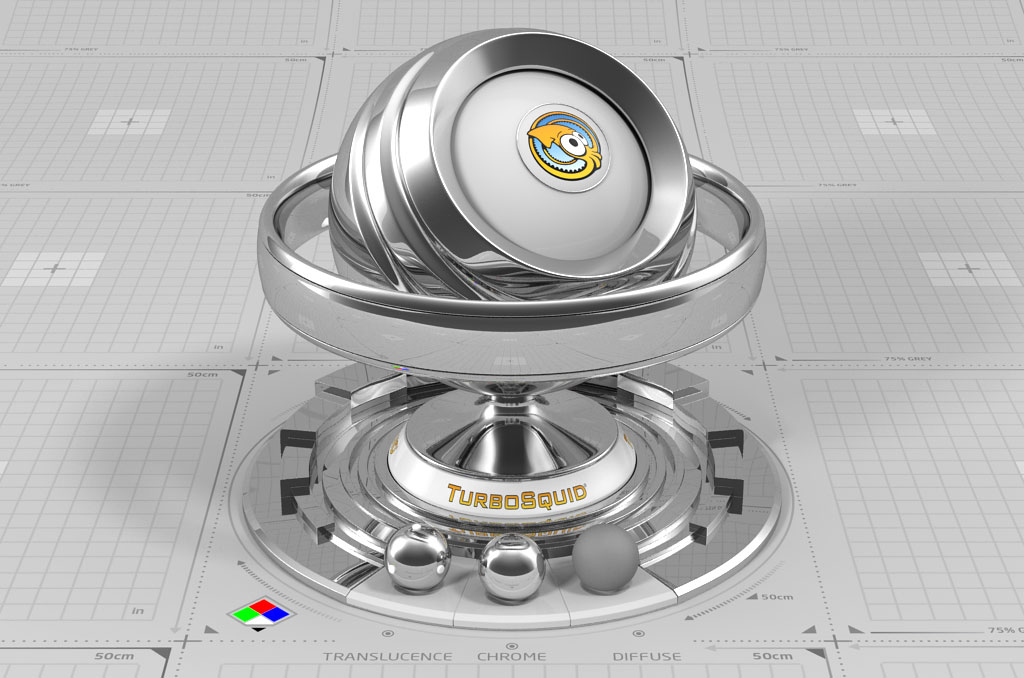This tutorial will deal with the creation of basic steel. Most metals are defined by their reflections, so the Diffuse component is quite weak. This means that, for most metals, we need to use dark diffuse colors. For steel, it can be a near-black gray.
The reflections need to be fairly strong, so set them to something like 160~220, depending on the type of metal. Fresnel should always be on, and in the range of 20~100. Even though the range seems large, the differences in these Fresnel values are not that strong. Use your judgement and pick higher numbers for more reflective metals and lower numbers for less reflective ones.
If you want to fake a bit of specular bloom, you can unlink the HighLight Gloss and lower its value a bit.
When creating metals, use Ward BRDF, as it works better with metallic highlights.
For perfectly clean, polished metal a simple noise map in the Bump slot will be sufficient. Adjust the Radius so it’s pretty large when compared to the textured object.
In this example, we’ll use aluminum. It’s different from steel in that the Diffuse color that is a lighter gray and the Reflections are a bit weaker. This material is usually satinated or matte, so lower the Glossiness to achieve that effect. If you want to make it more or less satinated, just adjust the Glossiness value.








